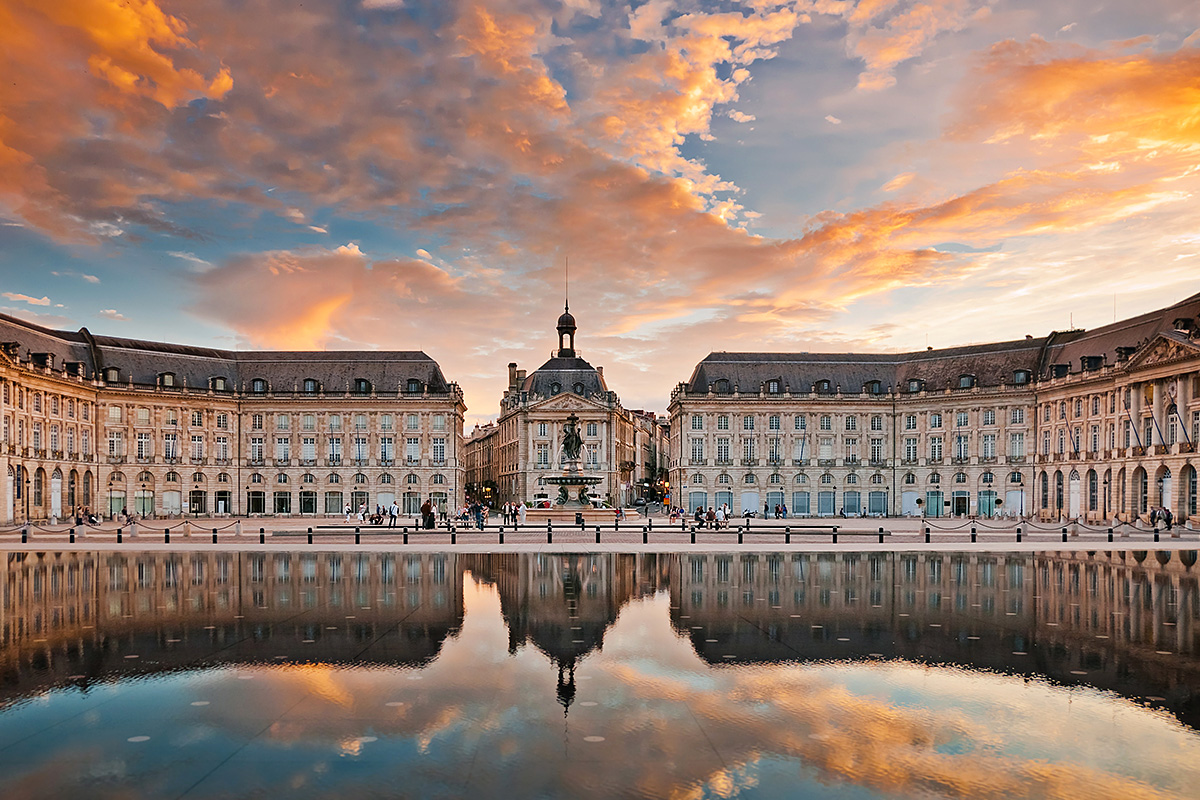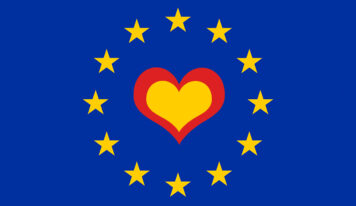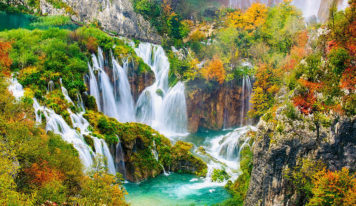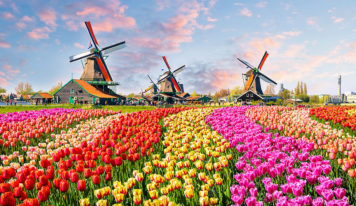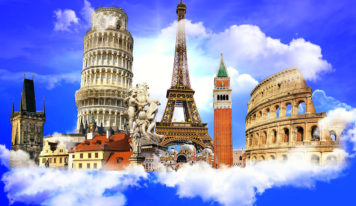European culture goes back many centuries, and over that time, some extraordinary customers have emerged. In this article, we will be taking a look at the Top 10 unusual traditions and customs in Europe.
Portugal.

Imagine strolling through a historic neighborhood when suddenly you come upon a cord of people hitting each other with plastic hammer and bunches of garlic flowers.
Well, if you come to the town of Porto in the north of Portugal on the evening of 23rd June, each year, this is precisely what you will see in the center of the city’s historic area.
The townspeople will be enjoying the Festa de São João do Porto (Saint John’s Festival), an annual event that has been celebrated in the city for over 600 years.
United Kingdom.
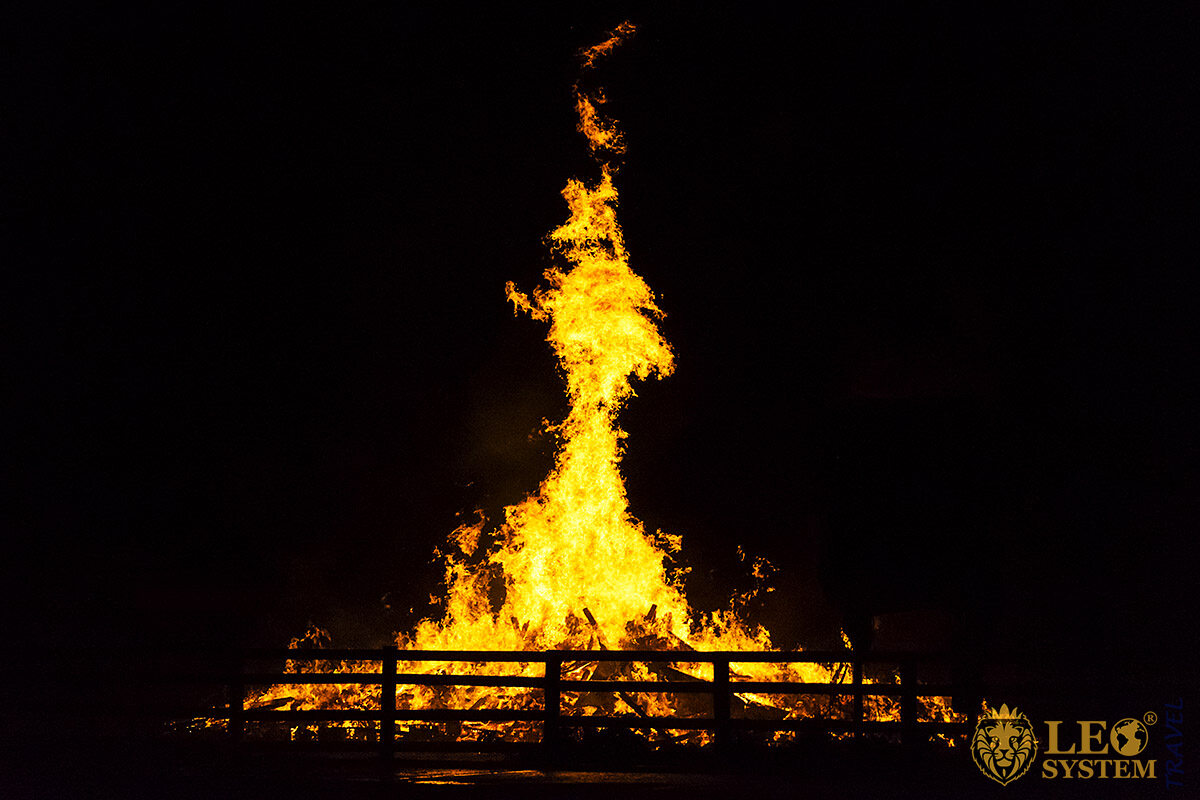
Every year on November the 5th, the people of the United Kingdom celebrate the failure of an attempt to blow up their Parliament, with bonfires and fireworks. They also burn a crudely constructed figure of a man they call “Guy.”
The event is called “Bonfire Night or sometimes Guy Fawkes Night.” It is a celebration of a historical event that took place in 1605. This was an infamous occasion when government troops uncovered a plot to blow up the Houses of Parliament and kill the King.
Guy Fawkes has been remembered as one of the plotters, and his likeness burned on community bonfires ever since.
Luxembourg.

Every year in the village of Echternach, Luxembourg, which is near the border of Germany are seen hopping in a procession while holding a handkerchief. You will see up to 1400 adults and children, formed up in a parade, hopping around the streets wearing white shirts, and dark trousers, or skirts. Somehow, this venerates the local saint, St. Willibrord.
Remarkably, this potty custom goes back as far as 1342 when there is a reference to a dancing festival in historical documents.
Scotland.
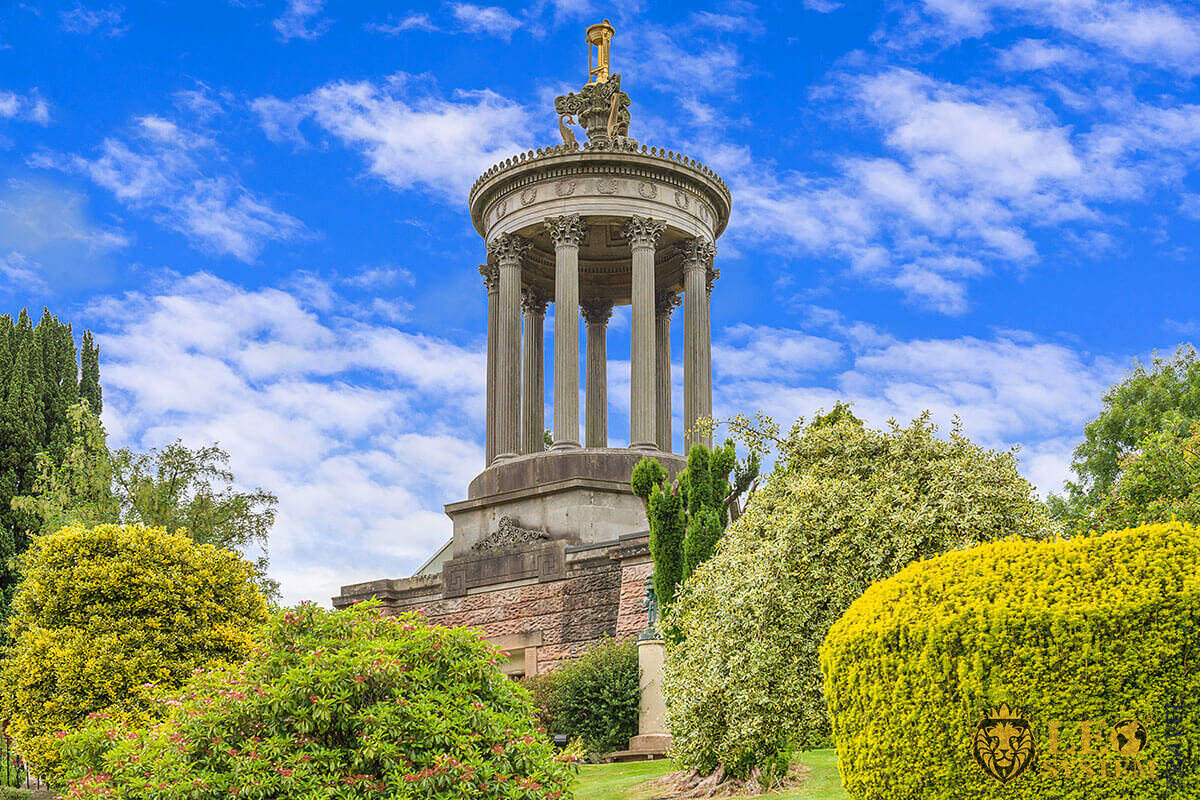
In Scotland, once a year, on January 25th, they hold an event to celebrate the “Life of the Bard” Robert Burns (a poet). Burns was arrived in this world on January 25th in 1759 and is seen by the Scots as having made a significant impact on Scottish culture.’ One of his poems, “Auld Lang Syne” plays an essential role in New Year’s celebrations all over the world.
If you strip out the extras, what actually happens is that people read a poem to a huge sausage (Burn’s Address to a Haggis). They then eat this sausage called a Haggis (the guest of honor) with mashed parsnip and potato.
When the invited guests arrive, they are welcomed by the sound of the bagpipes, which return to greet the real guest of honor, the Haggis itself. Liberal amounts of Scotch Whisky are part of the proceedings.
Scots and their guests have celebrated Burns night all over the world, but since 1971, the Haggis has been banned in the USA as it contains a sheep’s lung.
Spain.
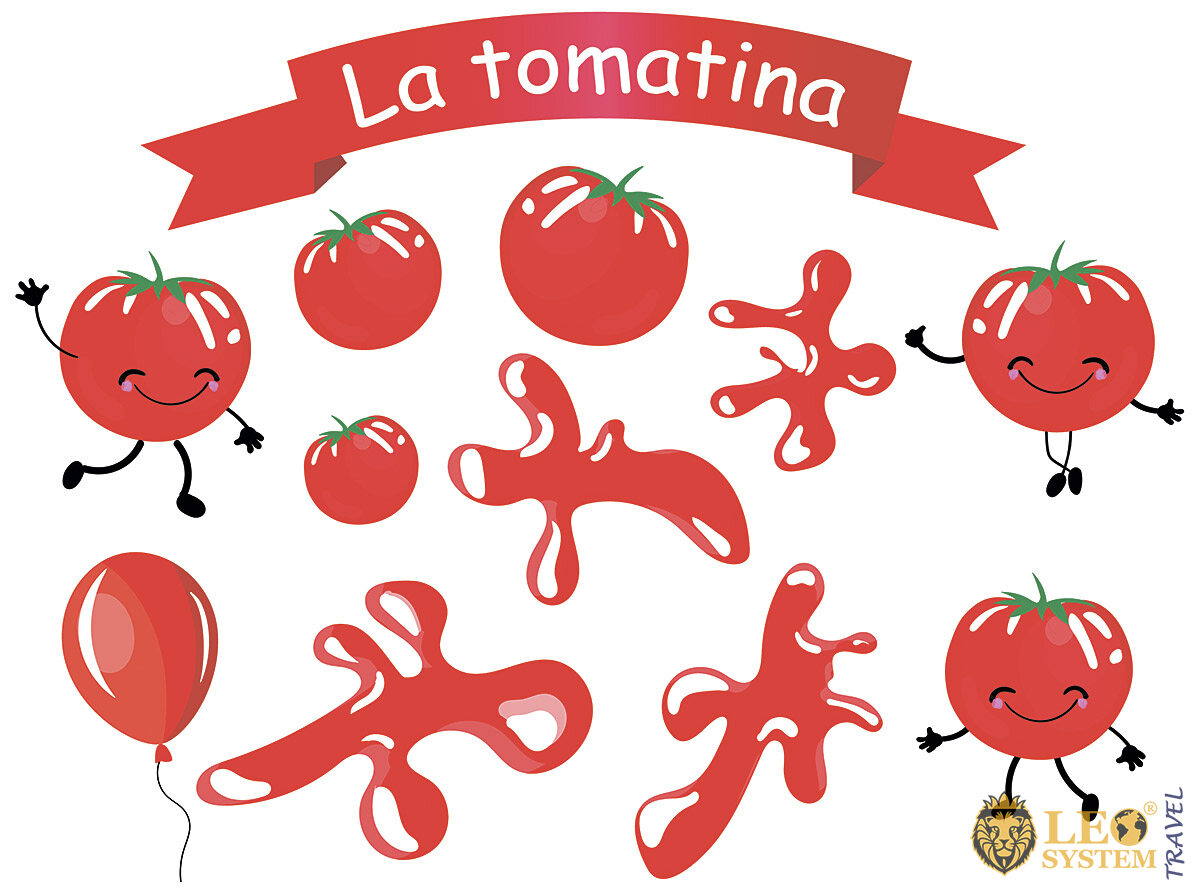
On the last Wednesday of August each year in Buñol, Spain hosts the biggest tomato fight in the world. Nobody actually remembers how this festivity began, but quite frankly, the participants do not care. They just do it for the enormous fun of throwing tomatoes at each other.
The festival has been held every year since 1945 in this town, with just 9,000 residents. The festivities, however, include more than 20,000 people who throw over 130 tons of tomatoes. Because of the enormous growth of the event, in 2013, they started charging a $15 admission, giving 5,000 free tickets to residents.
Around 11 in the morning, overripe tomatoes are brought to the city center. There are a small number of places on those trucks, and the trip to them is very expensive!
The fight is kicked off with shots from water cannons, and then one hour later, they fire again to signal the end of the battle.
Czech Republic.
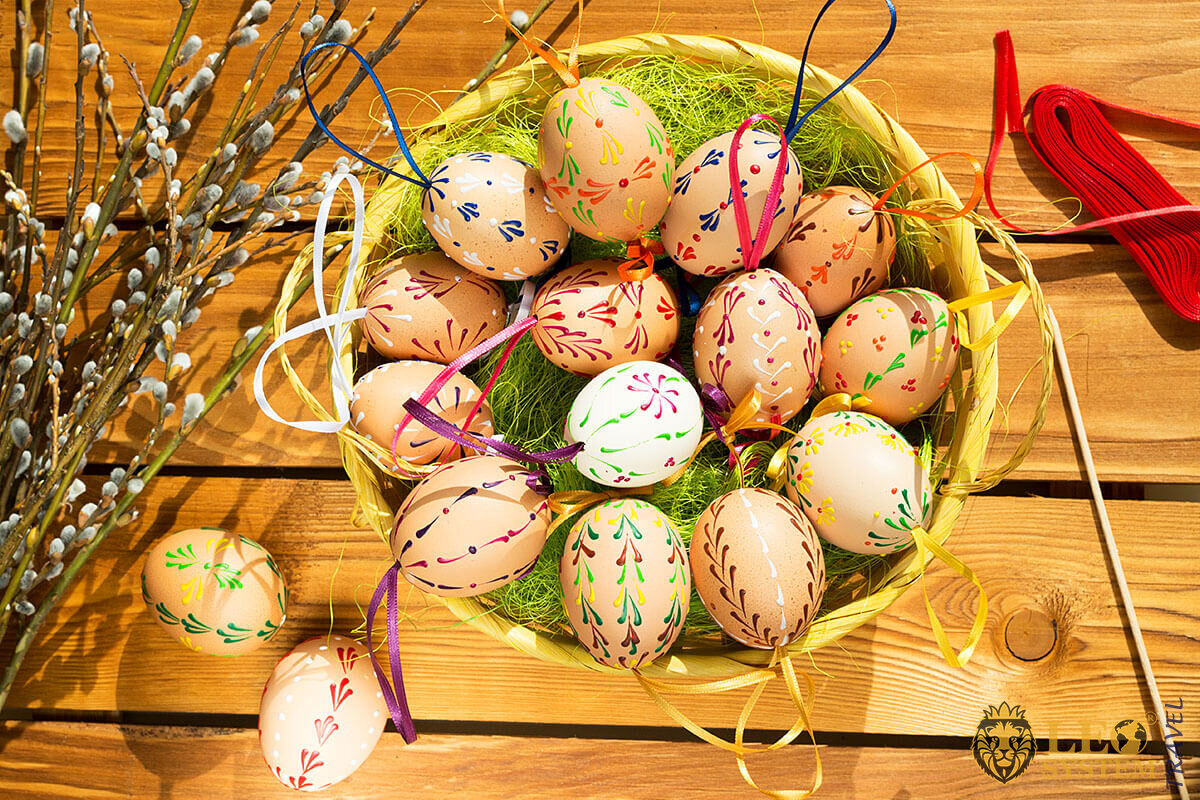
Whipping a woman sounds like something you could be arrested for. However, in the Czech Republic, it is actively encouraged by one section of the population every Easter Monday. Women are whipped with Willow branches, and not only do they not complain, but they reward the men and boys that do it. Boys get colored eggs, and the men receive shots of alcohol.
Of course, the question is why? It seems that this tradition is connected with fertility. It is said that receiving a whipping with guarantee fertility and vitality for the coming year.
Romania.

If you have ever seen the Danube, you will realize what a vast and unappealing tract of water it is. Yes, it’s great for cruising, but as for swimming, it’s cold and murky.
Yet, every Easter, there is a festival where thousands of men will dive into the cold water to search for a cross that an Orthodox priest will have thrown into the water. Lots of Vodka possibly warm up the participants. The point of the activity is that whichever man finds the cross from the bed of the river, will have a life full of luck for the following year.
In case you are wondering about the original reasoning for the festival. It all started as a commemoration of the baptism of Jesus in the Jordan River.
Germany.
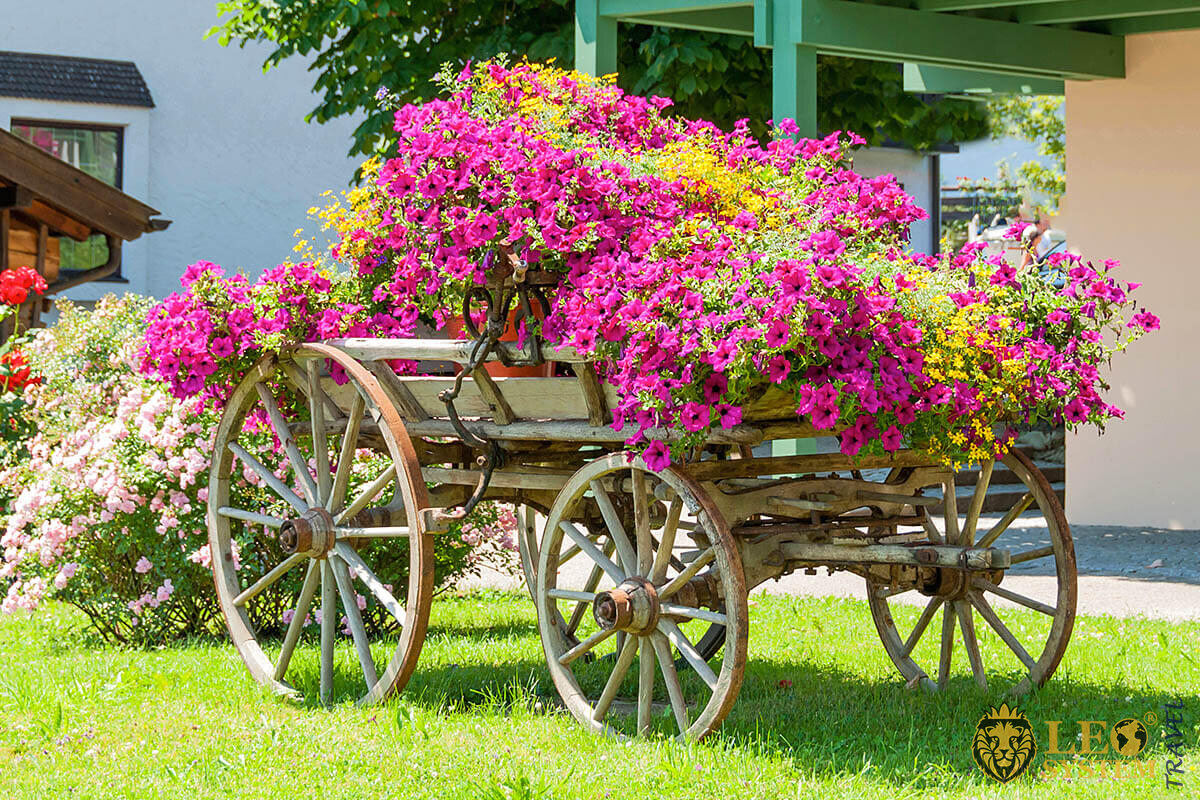
Männertag, or Gentlemen’s day, is the German contribution to this collection of the Top 10 unusual traditions and customs in Europe.
This festival takes the form of groups of men and teenage boys going on a hike with one or possibly more small wagons.
The wagons are propelled by the participants (no horses or donkeys) and are full of wine or beer exactly, which will depend on the region where it takes place. There is also some food, a particular variety called Hausmannskost. These days, the whole event has become a giant excuse for drinking and overeating.
The origin of this custom is probably deeply rooted in the Christian Ascension Day Parade. This earlier version still had the carts, but the carts brought the men from the outlying farms to the village center, where the mayor would award the man who had the most children. He was typically awarded a ham.
Austria.
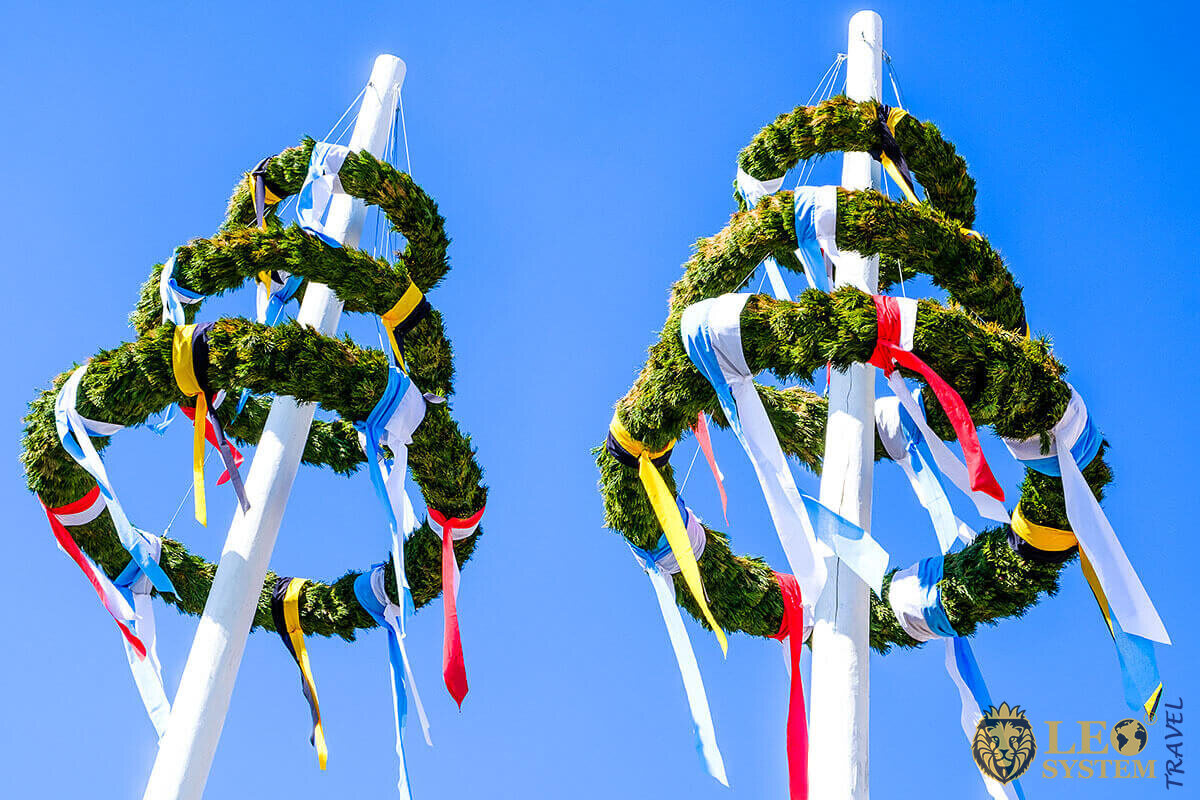
In neighboring Austria, they have an amusing challenge where each village will try and steal the Maypole of the nearest village. Of course, each Village will try and place guards on their Maypole. However, many ways of distracting the guards are developed. Once the Maypole has been captured, it will be released when the village that has lost it pays a forfeit to the successful village. Of course, this forfeit usually takes the form of alcohol.
Lithuania.
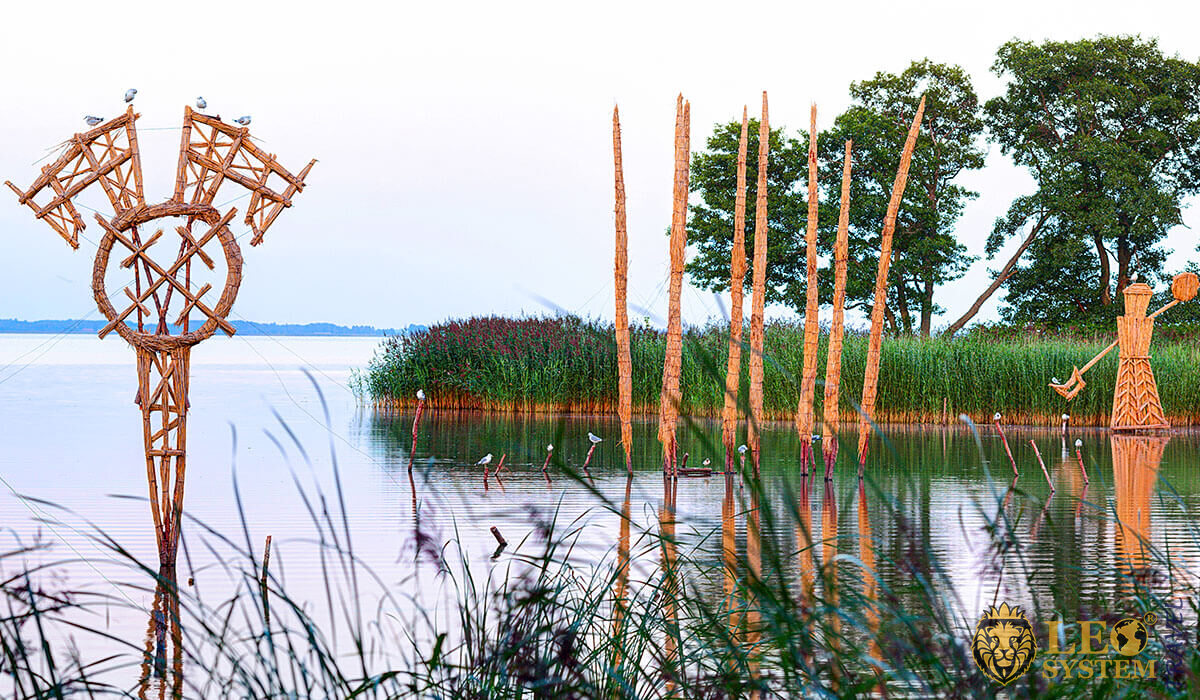
The final entry in our Top 10 unusual traditions and customs in Europe comes from Lithuania in the form of Siaudu Sodas (Straw village). Just before winter sets in, the people in the village of Naujamiestis will build a straw village for no other reason than to burn it down. The village uses 8 tons of straw and 10 kilometers of rope in its construction.
This event attracts a lot of Lithuanians who like to look back to a more traditional country.
Read the article: Overview Of Popular European Traditions

